Best Time To Water Plants - When Should I Water My Vegetable Garden?
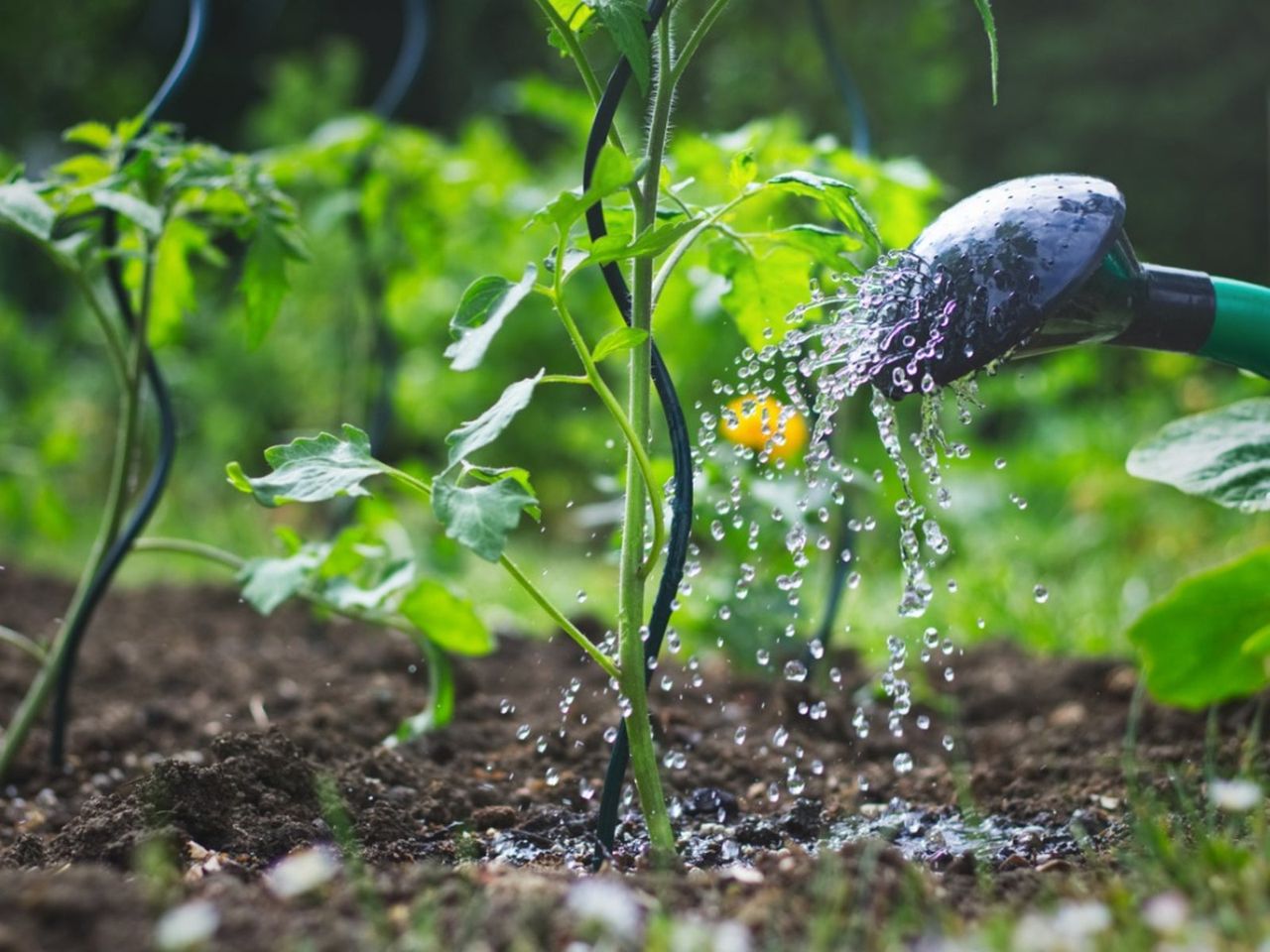

Advice about when to water plants in the garden varies, and it's hard to know what guidance to follow. But there is a right way to water your vegetable garden. When a vegetable garden doesn't get much water—even for a few days—your plants can feel a serious negative impact. Keep reading for everything you need to know about when and how often to water your vegetable garden.
Best Time to Water a Vegetable Garden
You may have heard early morning is the best time of day to water vegetable gardens, and that advice is generally true. It is best to avoid watering in the heat of the day, so a morning watering schedule makes sense. Another good rule is to check the weather report and see if rain is in the forecast. If so, you can typically hold off irrigating your garden.
But as with everything, there are exceptions to the rule. And when it comes to thirsty, wilted plants, it's not a good idea to wait for rain or morning to arrive. Water plants whenever they appear to be in need.
How do you determine when plants are in need? Examine the state of your plants and the moisture level in the soil. If plants are wilting or exhibiting heat stress give them a drink immediately, even during the afternoon on a hot day and even if rain is expected.
If your plants are not wilting, you can check the moisture level in the soil to determine if it's time to water. Dig down 2 inches (5 cm) into the soil. If it feels dry, water the plants.
Early Morning Watering
In a perfect world, the best time to water a vegetable garden is in the morning when it is still cool. This allows water to run down into the soil and reach the roots of the plants without losing excess water to evaporation. When the sun comes out and temperatures rise, evaporation increases and plants lose water faster.
Irrigating in the early morning also starts plants right for the rest of the day. If they get a drink in the morning, they are better equipped to handle the heat of the sun in the afternoon.
Gardening tips, videos, info and more delivered right to your inbox!
Sign up for the Gardening Know How newsletter today and receive a free download of our DIY eBook "Bring Your Garden Indoors: 13 DIY Projects For Fall And Winter".
Another benefit of a morning irrigation schedule is less wind, which can contribute to water loss. Wind often starts in the afternoon and blows water away from the plants onto the yard or sidewalk.
Afternoon or Evening Watering
There is a common gardening myth about watering in the afternoon. The story goes that water droplets on the leaves act like mini magnifying glasses that focus the sunlight and burn foliage. This is not true. Firstly, most areas do not get intense enough sun for water to scorch foliage. Secondly, even if you live in an area where the sun is that intense, water droplets would evaporate in the extreme heat before they would be able to focus the sunlight and burn leaves.
Sometimes life conflicts with our ideal watering schedule and we don't get into the garden before heading to work or starting our day (though a water timer is a great option for gardeners who want to sleep in). So when is the second best time to water outdoor plants?
Late afternoon or early evening are acceptable alternatives. By late afternoon, the heat of the day is passed, but there is still enough sun left to dry foliage before nightfall. If plants have wet leaves when night comes, this encourages fungus problems like powdery mildew and sooty mold, which harm vegetables.
Watering in the late afternoon or early evening cuts down on water loss from evaporation and gives plants a few hours with less intense sun exposure to take water into their roots, stems, and leaves.
The type of irrigation system you use can also determine what time of day you water. If you use a drip irrigation system or soaker hoses, you can water until nightfall. More on that below.
How Often to Water a Vegetable Garden
While you can find gardening articles that specify a rigorous watering schedule—every other day, for example—the truth about how often you need to water plants is a little more complicated. The type of soil in your garden, the weather, and the age of your plants all impact how frequently you should water.
For example, if you have sandy soil, water passes through easily. But clay soils hold onto moisture and too much water can drown plants. When it comes to weather, if you live in a warm climate with hot summer temperatures, water evaporates quickly so frequent watering is a necessity. Also, some locations receive lots of rain compared to other areas. Plant age is another determining factor, as new plants require more frequent watering to establish healthy and robust root systems unlike already established plants.
How Much Water Do Vegetables Need?
The rule of thumb is that vegetable plants need 1 inch (2.5 cm) of rain or irrigation per week. An inch sounds like a small amount, but it is actually a lot of water. If your garden is 10 by 10 square feet (30.5 square m), it needs 62 gallons (235 L) a week. If a garden is 20 feet (6 m) by 30 feet (9 m), it needs 372 gallons (1408 L) of water per week.
When you water, the idea is to soak the plant’s root zone. But exactly how deep those roots grow depends on the type of vegetable. Most vegetables' roots reach 6 to 12 inches (15 to 30 cm) deep in the soil. However, some long-season plants like tomatoes, corn, squash, asparagus, raspberries, and rhubarb have roots twice as long. Give each plant enough water to moisten the soil down to the full depth of their roots.
Vegetable Garden Irrigation Methods
There are many different ways to water plants, and you can experiment to see which you prefer. Any one of them can work just fine as long as you water enough. Four popular methods of irrigation for vegetable gardens include:
- Drip irrigation systems are the most efficient way to get water to plants. These systems provide water to each plant through tubing and emitters. They work especially well in sandy soil and on slopes.
- Hand watering with a hose is among the most common ways to irrigate. It is effective for seed starting and containers but, in mature plantings, it can be tricky to apply water evenly.
- Furrow irrigation involves digging shallow furrows on level ground. It doesn’t work well in sandy soil nor does it work well for row plantings. If your soil is sandy or the garden slopes significantly, water will not travel the length of the row.
- Soaker hoses are easy and effective. They allow water to seep out the entire length of the hose and irrigate each plant.

Heather Rhoades founded Gardening Know How in 2007. She holds degrees from Cleveland State University and Northern Kentucky University. She is an avid gardener with a passion for community, and is a recipient of the Master Gardeners of Ohio Lifetime Achievement Award.
- Teo SpenglerWriter
-
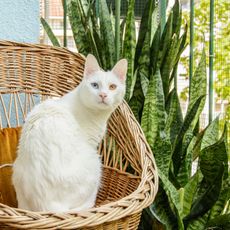 Are Snake Plants Toxic To Cats? Here’s How To Protect Your Felines And Avoid Trouble
Are Snake Plants Toxic To Cats? Here’s How To Protect Your Felines And Avoid TroubleAre snake plants toxic to cats? A good rule of thumb is to simply keep the plant where kitty can’t get to it.
By Mary Ellen Ellis
-
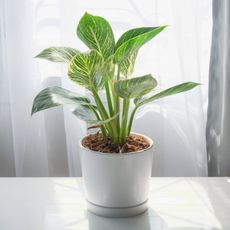 How To Create Bright Indirect Light For Houseplants
How To Create Bright Indirect Light For HouseplantsCreating a space with bright indirect light is a way to mimic the native habitat of many houseplants. Make indoor plants comfy with the right kind of light.
By Mary Ellen Ellis
-
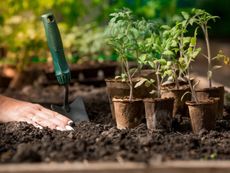 How Many Vegetables To Plant Per Person For A Year
How Many Vegetables To Plant Per Person For A YearGauging how much to plant in a vegetable garden can eliminate waste while still producing enough for your family. Click for more.
By Bonnie L. Grant
-
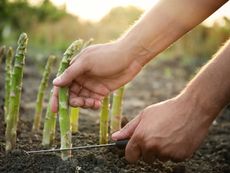 13 Perennial Fruits And Vegetables You Only Have To Plant Once
13 Perennial Fruits And Vegetables You Only Have To Plant OnceLooking to set it and forget it? Find out which fruits and vegetables can be grown as perennials.
By Laura Miller
-
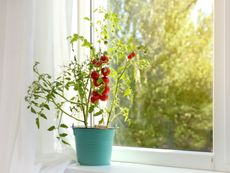 11 Edible Plants For A Year-Round Garden In A Bucket
11 Edible Plants For A Year-Round Garden In A BucketWant to know how to grow food inside your house and which foods do best indoors? Click here to learn all about it.
By Bonnie L. Grant
-
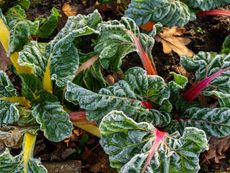 Frost Tolerance Of Vegetables From Least To Most Hardy
Frost Tolerance Of Vegetables From Least To Most HardyHow cold can vegetables tolerate? Knowing which veggies will survive frosts and freezes is essential for the success of your garden. Click here for more.
By Laura Miller
-
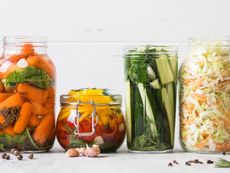 Best Vegetables To Pickle Straight From The Garden
Best Vegetables To Pickle Straight From The GardenPickles aren’t limited to just cucumbers. Read on for tips on pickling your fresh veggies.
By Amy Grant
-
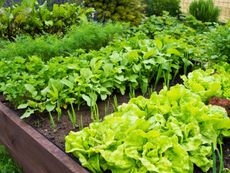 Benefits Of Planting In Fall Vs. Spring Vegetable Plots
Benefits Of Planting In Fall Vs. Spring Vegetable PlotsLearn why some vegetables do better if you plant them in fall instead of spring.
By Laura Miller
-
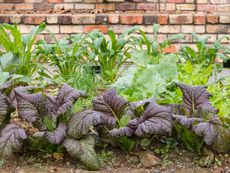 Interplanting Vegetables In The Fall Garden
Interplanting Vegetables In The Fall GardenLearn all about the benefits of interplanting vegetables for your fall garden.
By Laura Miller
-
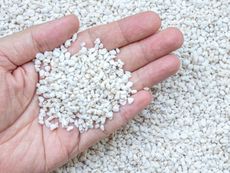 Best Vegetables For Growing In Perlite
Best Vegetables For Growing In PerlitePerlite is a natural growing medium that comes from super-heated volcanic glass. In some cases, it works better than soil. Read on for more info.
By Laura Miller